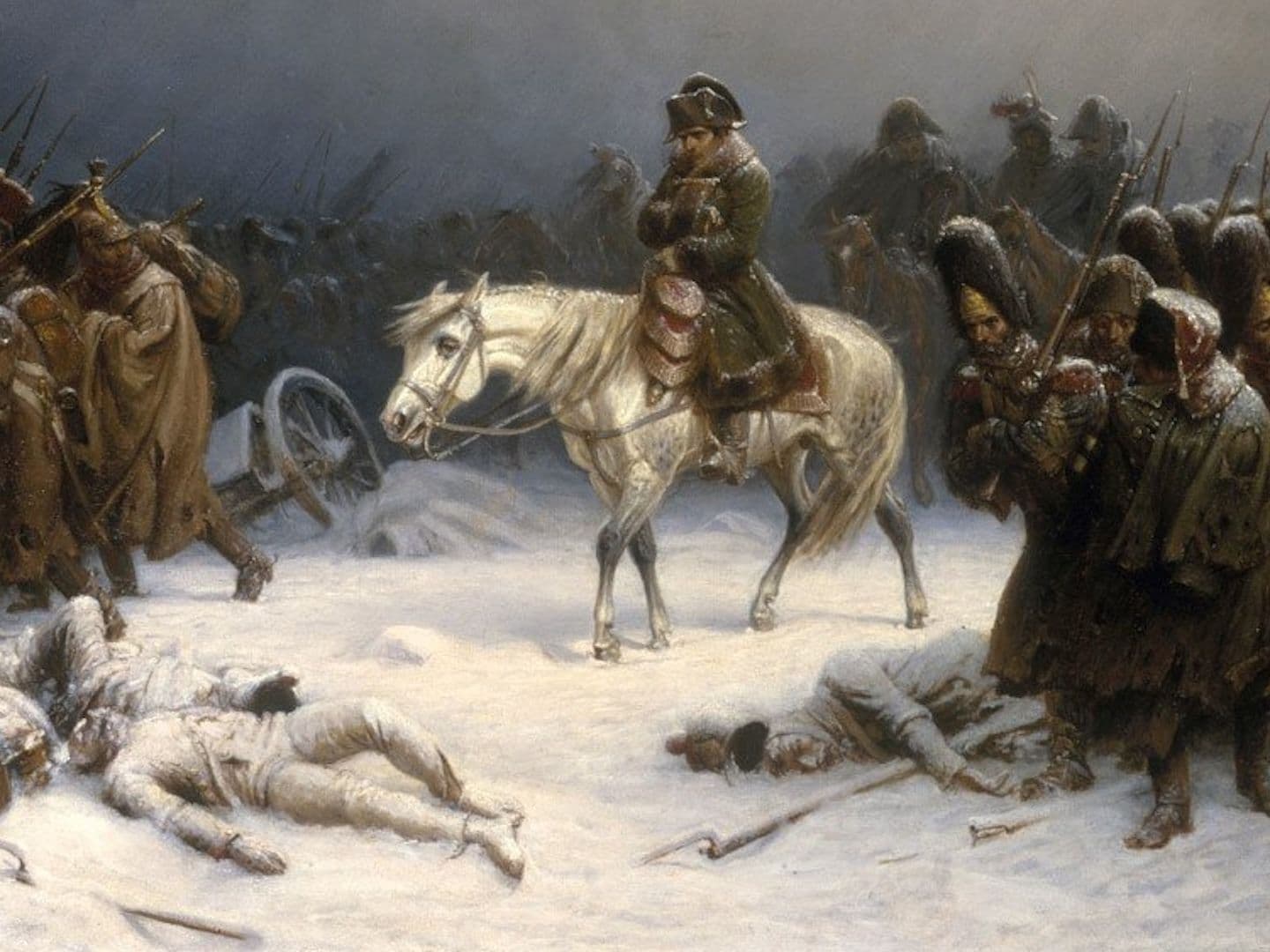We're loading the full news article for you. This includes the article content, images, author information, and related articles.
A new genetic study on soldiers from the disastrous Russian retreat identifies paratyphoid and relapsing fevers, offering insights into historical epidemics that mirror modern public health challenges in managing infectious diseases.

A groundbreaking genetic analysis of soldiers who perished during Napoleon Bonaparte's catastrophic retreat from Russia in 1812 has identified two unexpected infectious diseases, paratyphoid fever and relapsing fever, adding a new layer of understanding to the historic military disaster. The findings, published on Friday, October 24, 2025, in the journal *Current Biology*, challenge previous assumptions and provide a more detailed picture of the pathogens that plagued the beleaguered army.
Researchers from the Institut Pasteur in Paris utilized an advanced DNA analysis technique called shotgun sequencing on dental pulp extracted from the teeth of 13 soldiers. These remains were recovered from a mass grave discovered in 2001 in Vilnius, Lithuania, a key location on the army's retreat route. The analysis revealed genetic material from *Salmonella enterica* Paratyphi C, the bacterium causing paratyphoid fever, in four individuals, and *Borrelia recurrentis*, which causes louse-borne relapsing fever, in one soldier. Another soldier may have been infected with both.
This new evidence contrasts with previous studies that used a different method (nested PCR) and identified typhus and trench fever in other soldiers from the same grave. The latest study did not find DNA from the bacteria causing typhus or trench fever, suggesting a more complex landscape of co-circulating diseases. “Our study … provides the first direct evidence that paratyphoid fever contributed to the deaths of Napoleonic soldiers during their catastrophic retreat from Russia,” the researchers stated in the paper.
Napoleon's invasion of Russia in June 1812 involved a multinational "Grande Armée" of roughly half a million soldiers. The campaign turned into a disaster during the retreat that began in October 1812. An estimated 300,000 soldiers died from a combination of starvation, extreme cold, exhaustion, and sickness. Eyewitness accounts from the time described symptoms like fever and diarrhoea, which are consistent with the newly identified diseases.
Nicolás Rascovan, head of the microbial paleogenomics unit at the Institut Pasteur and a lead author of the study, emphasized that hunger and cold were the primary drivers of the massive death toll. However, he noted, “what this [does] change is some of our knowledge of all the infectious diseases.” The researchers suggest a scenario where soldiers, already weakened by fatigue and cold, succumbed to a combination of diseases.
Paratyphoid fever is a bacterial infection spread through food or water contaminated with the feces of an infected person. Its symptoms are similar to typhoid fever and include high fever, weakness, headache, and loss of appetite. The conditions of the 1812 retreat, with poor sanitation and scarce, unsafe provisions, would have been ripe for its transmission.
Louse-borne relapsing fever is caused by the *Borrelia recurrentis* bacterium, transmitted by the human body louse. It is characterized by recurring episodes of fever, headache, and muscle aches. Historically, it has been associated with epidemics during times of war, famine, and in overcrowded conditions like those experienced by the retreating army. The presence of body lice on remains from the Vilnius grave had previously been linked to typhus, but this study suggests they were also vectors for relapsing fever.
While this study focuses on a 19th-century European event, its findings have contemporary relevance for public health in Kenya and the wider East African region. The research underscores the critical role infectious diseases play in crises, a lesson pertinent to regions managing refugee populations, internal displacement due to conflict or climate change, and areas with inadequate sanitation.
Both typhoid and paratyphoid fevers remain significant public health concerns in sub-Saharan Africa, including Kenya, driven by challenges in accessing safe drinking water and sanitation. While data on paratyphoid fever in Africa is limited, a 2014 review noted that some hospital-based studies on the continent found it responsible for a notable proportion of enteric fever cases. Louse-borne relapsing fever is endemic in the Horn of Africa, with Ethiopia considered a historical stronghold. The movement of people across borders highlights the need for robust cross-border disease surveillance.
The advanced genetic techniques used in the study also showcase powerful tools for modern epidemiology. Understanding the evolution and spread of historical pathogens can help scientists anticipate and manage future threats. As noted by the U.S. Centers for Disease Control and Prevention (CDC), which partners with Kenyan institutions like KEMRI on infectious disease research, such innovative approaches are crucial for informing public health policy and practice in Kenya and globally. This historical investigation serves as a reminder of how multiple pathogens can converge under conditions of stress, malnutrition, and poor hygiene, creating complex health crises that demand comprehensive and multi-faceted public health responses.
Keep the conversation in one place—threads here stay linked to the story and in the forums.
Other hot threads
E-sports and Gaming Community in Kenya
Active 6 months ago
Popular Recreational Activities Across Counties
Active 6 months ago
The Role of Technology in Modern Agriculture (AgriTech)
Active 6 months ago
Investing in Youth Sports Development Programs
Active 6 months ago